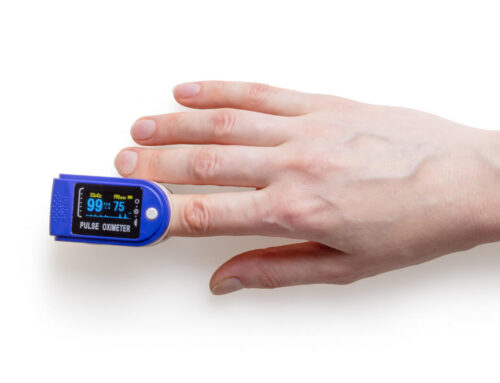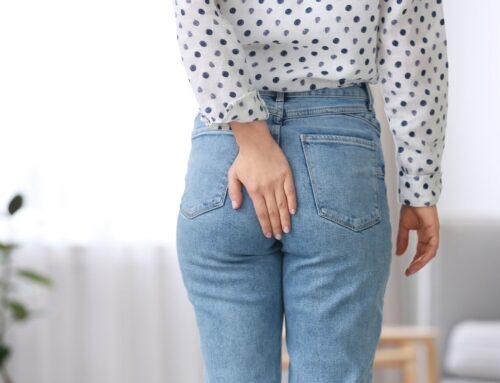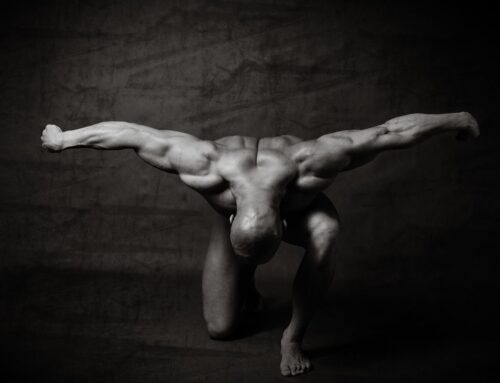You wake up, you open your eyes, you stretch slowly and suddenly, without warning, you have a sharp pain in your calf. The muscle contracts painfully and it takes a moment for you to rub your leg properly. Do you know such mornings? Or: you go out for a light run, put your feet evenly, you breathe steadily and when you think it is really good, your quadriceps firmly brings you down to the ground, and the pain is so intense that you stop in just a few steps. What is muscle spasm and why does it appear?

Muscle contraction or cramp?
Muscle contraction and relaxation allow us to move (skeletal muscles) and the functioning of the body (smooth muscles of internal organs and the heart muscle). Our muscles tighten and relax continuously. Some of this regular activity is intentional, but the great majority is completely unconscious. There are times, however, that the muscles contract in a painful and completely unintentional way.
When the muscle fibers suddenly shorten, it is called a cramp. Cramps may indicate a temporary indisposition or decline in form, but may also indicate serious nutrient deficiencies, unhealthy lifestyle, postural defects, overtraining, or injuries to muscles or joints. While occasional contractions should not worry us, we must not underestimate recurrent contractions, as well as those of high intensity and long duration. In some circumstances, a muscle contraction that prevents us from moving freely can put us in danger, as those who practice climbing or swimming are well aware.
Common causes
If you play sports regularly, painful muscle spasm is certainly no stranger to you. The body, tired with intense effort, with insufficient regeneration and insufficient hydration, lets us know that it needs rest. Painful cramps are especially common in swimmers, runners and cyclists, which is associated with long-term strain on individual parts of the body.
Interestingly, for our muscles, abandoning any activity and prolonged sitting or sticking out in one position can be equally severe. Bloodless, hypoxic muscles (sitting position with legs crossed!) Rebel and make themselves felt in the form of the same cramp pain that athletes experience.
So, on the one hand, we have intense movement and overtraining, and on the other hand – sitting down and inappropriate body posture. What else causes a cramp to appear? Overall: inappropriate lifestyle. If you do not get enough sleep regularly, live in chronic stress, and your diet has little to do with rational, balanced nutrition, it is very possible that your body suffers from deficiencies, which sooner or later will manifest themselves just in the form of cramp pain. When your diet lacks magnesium, potassium or calcium, the nerve impulse transmission processes that enable us to be mobile and function can be impaired.
Deficiencies of these elements may also be associated with increased sweating, the need to take diuretics or laxatives, and insufficient hydration of the body.
How exercise and electrolytes counteract contractions
The muscles need oxygen. The easiest way to ensure proper blood supply and oxygenation is to get up from the couch. People who devote at least half an hour a day to moderate physical activity are less likely to complain about cramps. In addition to walking, gentle jogging or cycling, our skeletal muscles will appreciate all kinds of stretching. Therefore, it is advisable to end each training session with decent relaxation of the body and “stretching” of the muscles, as well as including yoga or Pilates elements in the weekly cycle. Stretched and stretched muscles will reward you with harmonious work and resistance to injuries.
Water management is a key issue for our body. Our body consists of as much as 50-70% water. Dehydration of cells can be catastrophic, and muscle cramps are just one symptom that comes with it. Fatigue, problems with concentration, twitching eyelids, heart problems – these and other symptoms may indicate dangerous deficiencies in essential elements for the conduction of nerve impulses. Every day we should drink a minimum of 1.5 liters of water (not counting other drinks such as coffee or tea) and it is worth ensuring that at least part of this need is covered with mineral water.
To function properly, our body requires electrolytes, i.e. water solutions of sodium, chloride, potassium, magnesium, phosphate and calcium. Electrolytes conduct these nerve impulses and are responsible for overall homeostasis. To effectively ensure the so-called electrolyte balance – apart from drinking mineral water – you can consider taking preparations that will quickly help “moisturize” the cells of our body. Such supplements are extremely recommended for people practicing sports (regular training support and regeneration), for those who periodically need strengthening (coping with the effects of improper diet, increased stress or convalescence) and those who want to get back on their feet after an intense party (soothing dehydration caused by alcohol consumption).
There are many preparations on the market that meet each of the above needs. They can contain various proportions and forms of elements, and also come in various forms (effervescent tablets, capsules, dissolving powder). It is worth paying attention to supplements that contain a set of electrolytes and comprehensively supplement our deficiencies.






Leave A Comment
You must be logged in to post a comment.